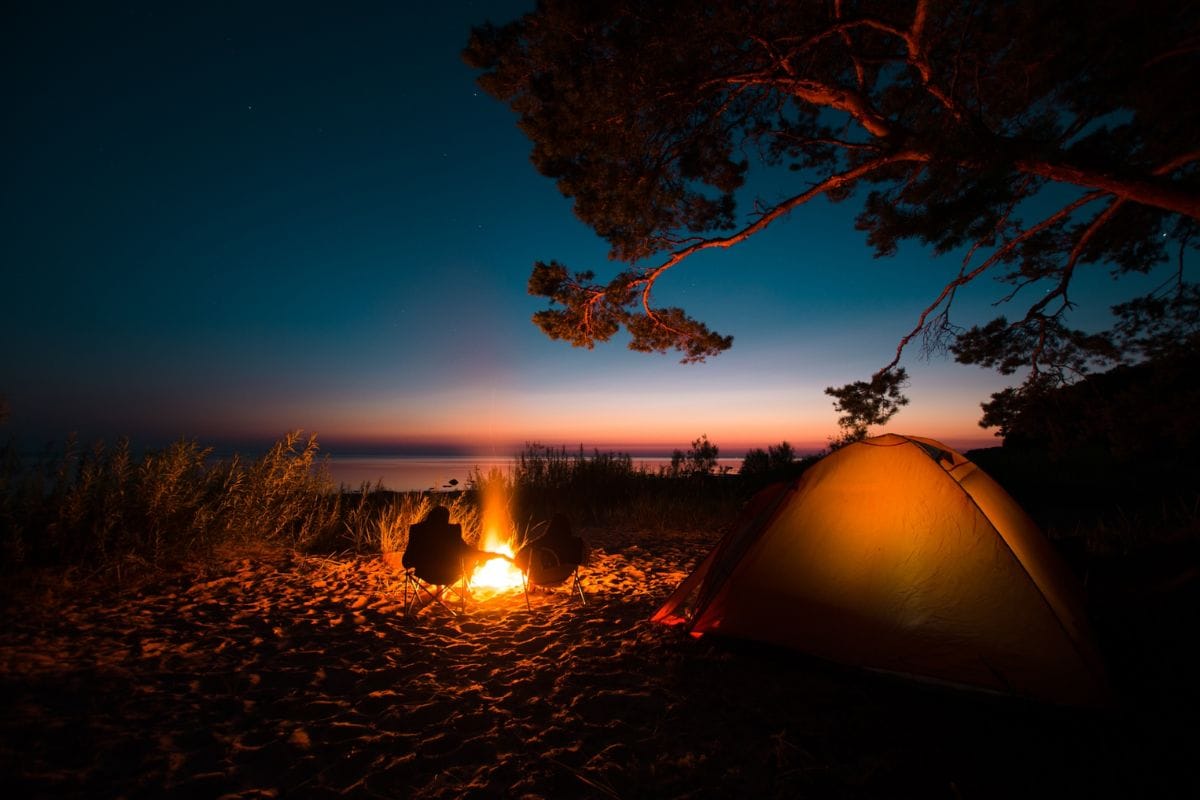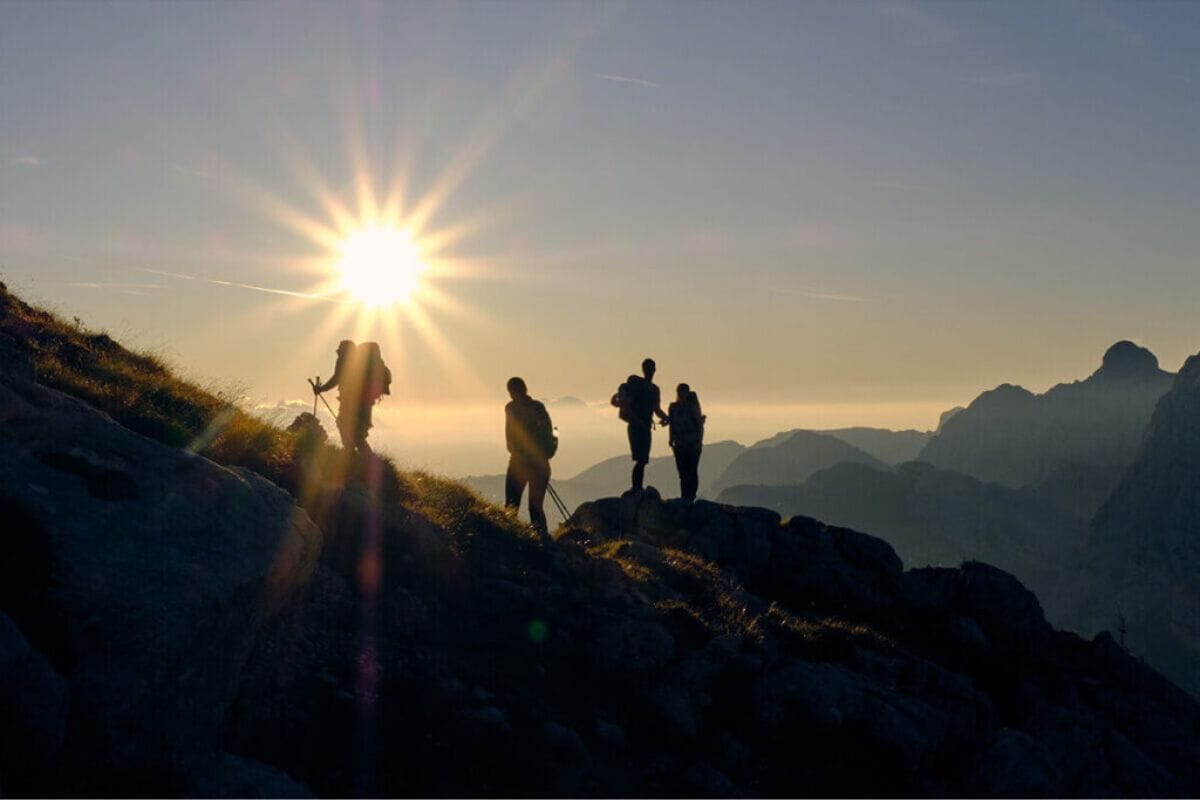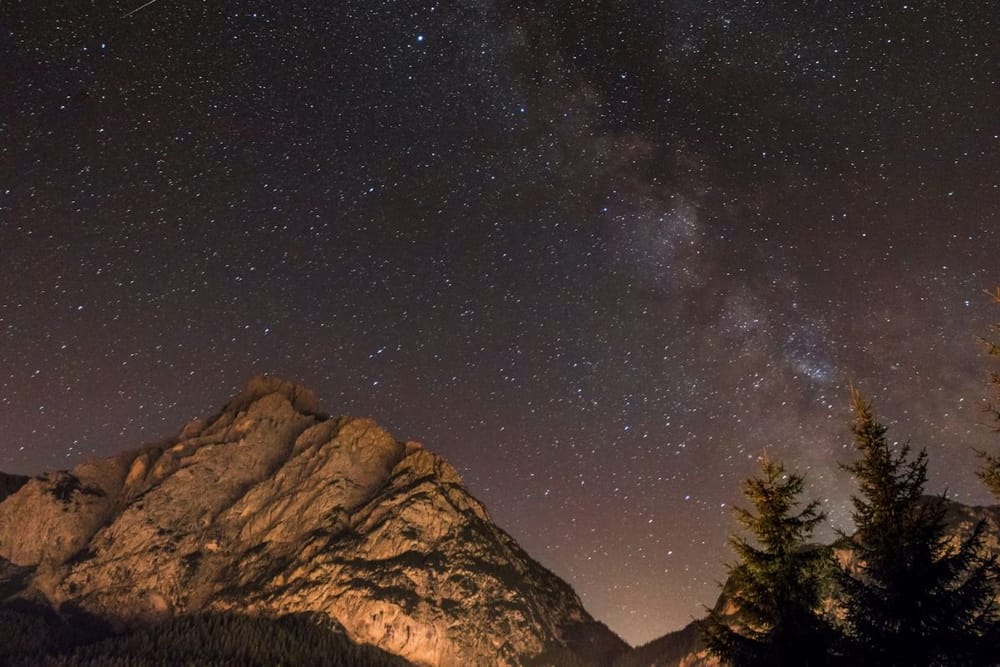For as long as humans have walked the Earth, we’ve looked to the night sky, seeking answers, inspiration, and perhaps a little bit of magic. In the vast, star-strewn darkness, some see gods and myths, others glimpse distant worlds and stories from the past. To a scientist, each pinpoint of light is a glimpse into the universe’s secrets, hints from stars that have burned out, and galaxies too far for our imaginations to touch. Whether the night sky brings you comfort, wonder, or simply a sense of calm, the UAE offers some of the best stargazing spots for exploring this ancient connection to the cosmos.
In this article, we’ll explore the best ways to experience stargazing in the UAE, covering everything from ideal locations and essential tools to interesting facts about the night sky.
What Makes Stargazing So Fascinating?
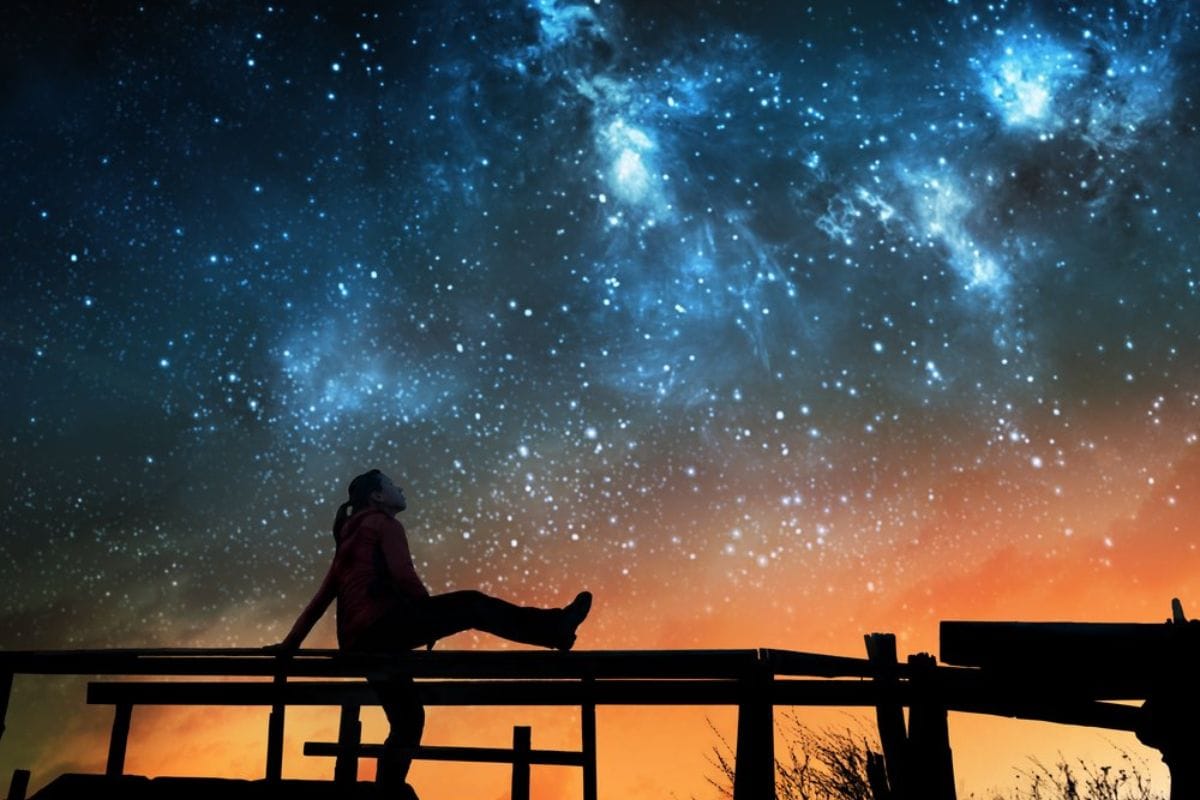
Stargazing is fascinating for many reasons. When we look up, we’re actually seeing light that’s traveled across space for millions of years, giving us a glimpse into the ancient past. Events like meteor showers and eclipses bring extra excitement, while constellations tell stories passed down through different cultures, making the night sky feel like a map filled with history and myth.
Seeing the Milky Way stretch across the sky and spotting planets like Jupiter and Saturn through a telescope adds a sense of wonder. Each part of the sky, from star clusters to colorful nebulae, reminds us of just how big and active the universe really is. Escaping city lights to a dark spot reveals thousands of stars, allowing us to experience the night sky as it was meant to be seen—brilliant and full of mystery.
Essential Stargazing Terms for Beginners
Basic Astronomical Terms
- Zenith: This is the point directly above your head in the sky. Knowing where the zenith is can help you orient yourself and locate other celestial objects around it.
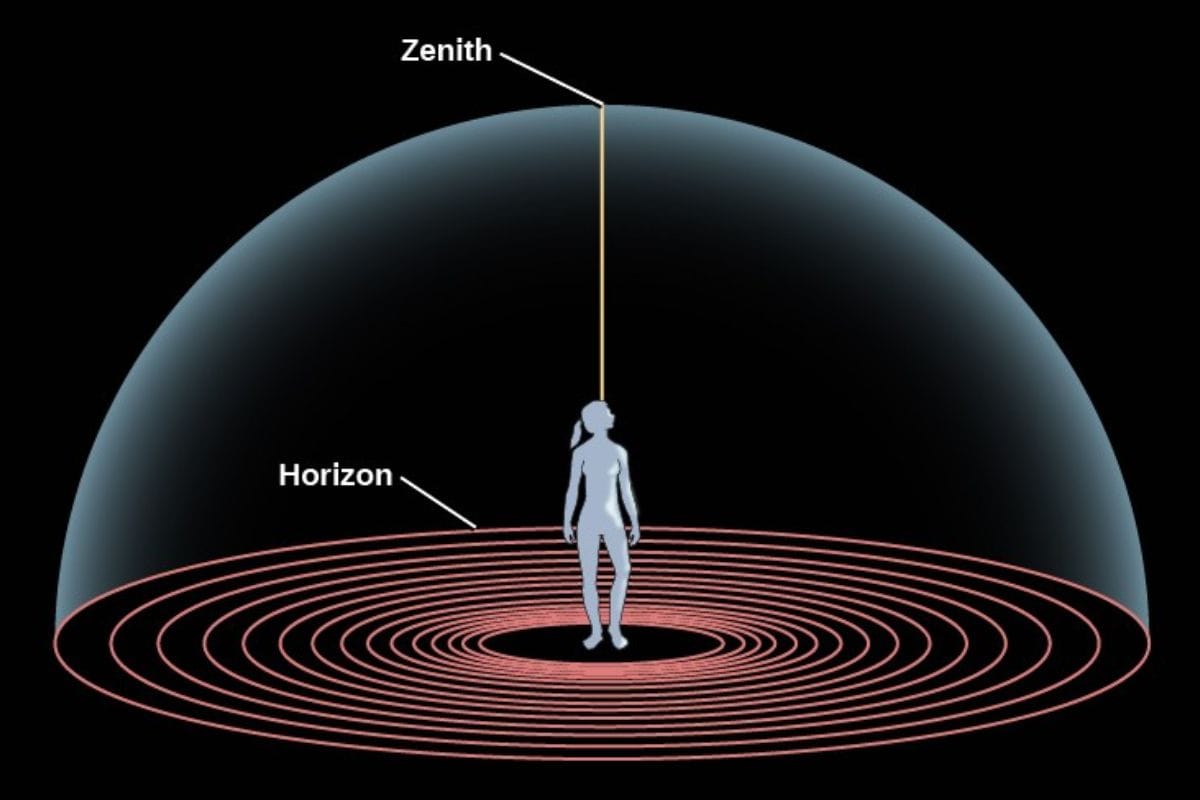
- Magnitude: This term describes how bright a star or celestial object appears in the sky. Lower magnitude numbers mean a brighter object. For example, Sirius, the brightest star in the night sky, has a very low magnitude.
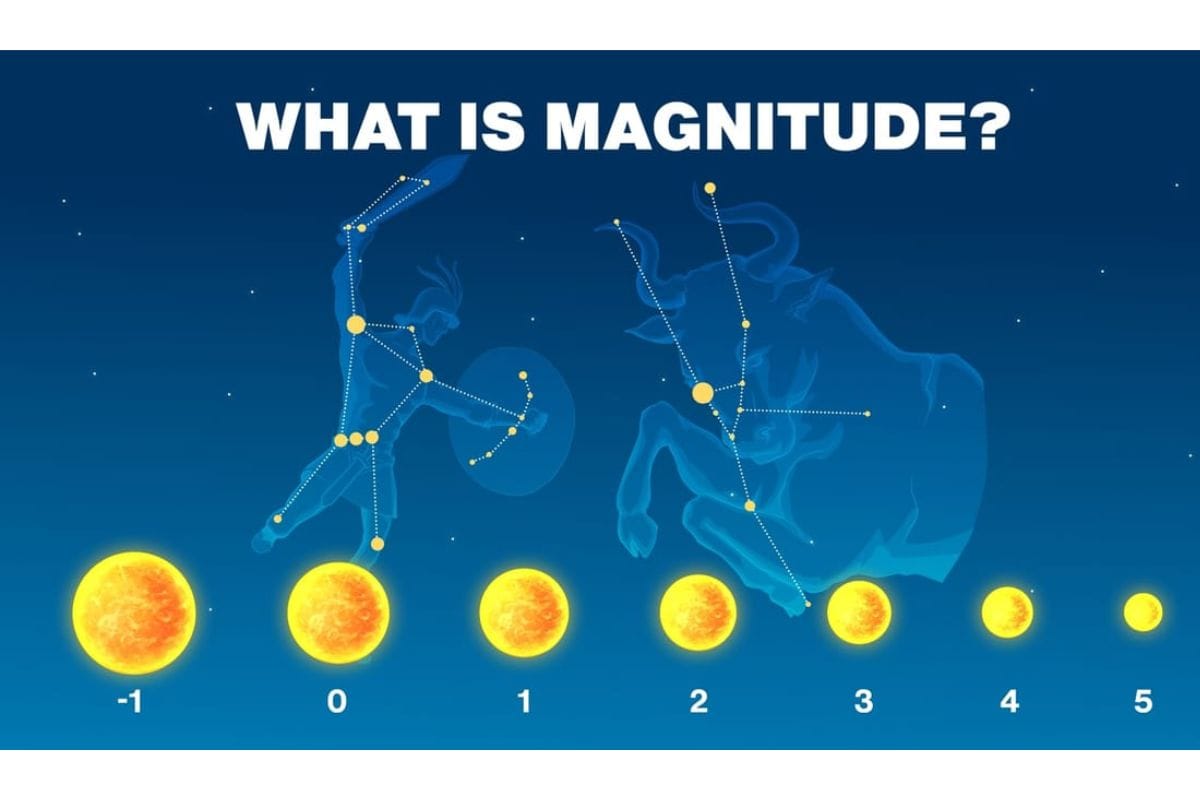
- Ecliptic: This is the apparent path that the Sun follows across the sky throughout the year. The Moon and planets also appear along this path, making it a useful guide for spotting planets during stargazing.
Types of Celestial Objects to Look For

- Planets: Easily recognizable as bright points of light, planets like Venus, Mars, Jupiter, and Saturn can often be seen following the ecliptic.
- Constellations: These patterns of stars form recognizable shapes in the night sky. Constellations like Orion, Taurus, and Gemini are popular in winter and can help beginners orient themselves.
- Nebulae: Clouds of gas and dust where stars are born. For beginners, the Orion Nebula is a great starting point, located within the Orion constellation.
- Galaxies: The Andromeda Galaxy is the closest spiral galaxy to ours and can appear as a faint smudge in dark-sky locations.
- Star Clusters: The Pleiades (or Seven Sisters) in Taurus is a beautiful star cluster visible to the naked eye, ideal for beginner stargazers.
Key Winter Constellations for Beginners
- Orion: Easily identified by its “belt” of three bright stars in a straight line, Orion is one of the most recognizable constellations and a good reference point.
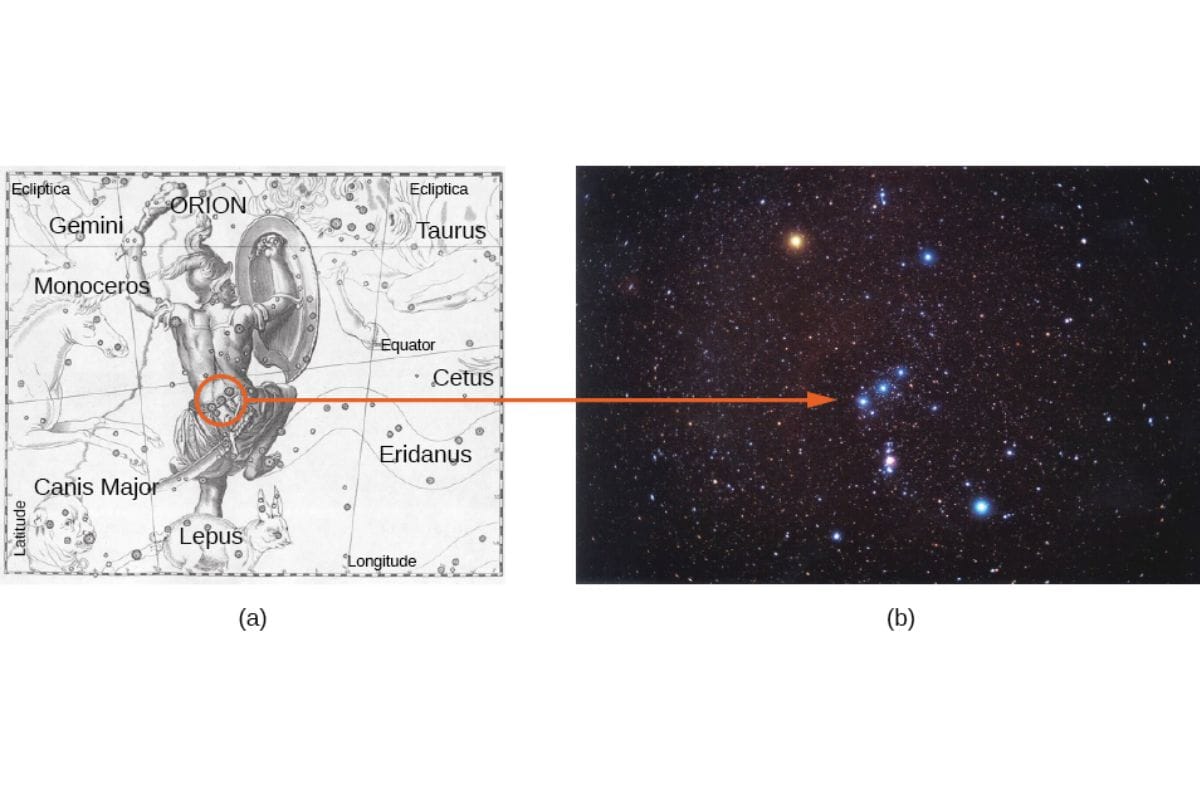
- Taurus: Look for the bright star Aldebaran and the cluster of stars called the Pleiades, which is visible as a small group of sparkly lights.
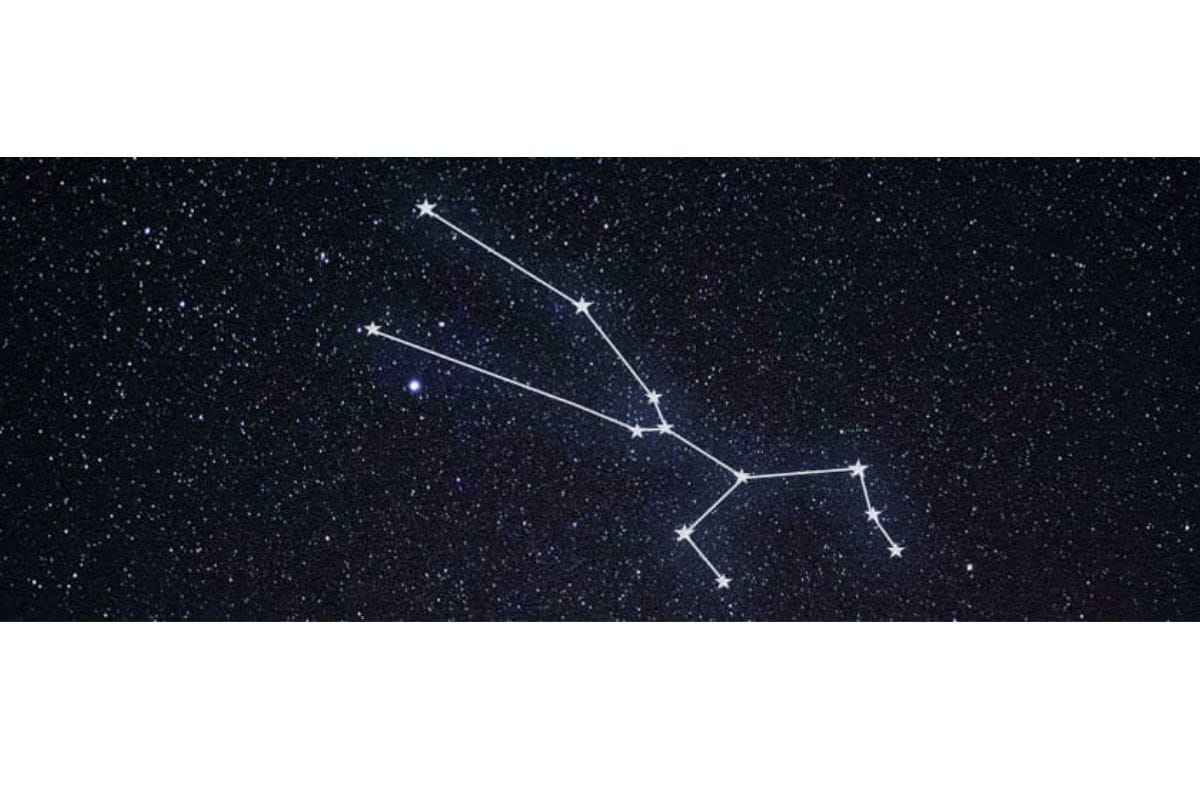
- Gemini: Known as the “Twins,” this constellation has two bright stars, Castor and Pollux, that appear side by side.
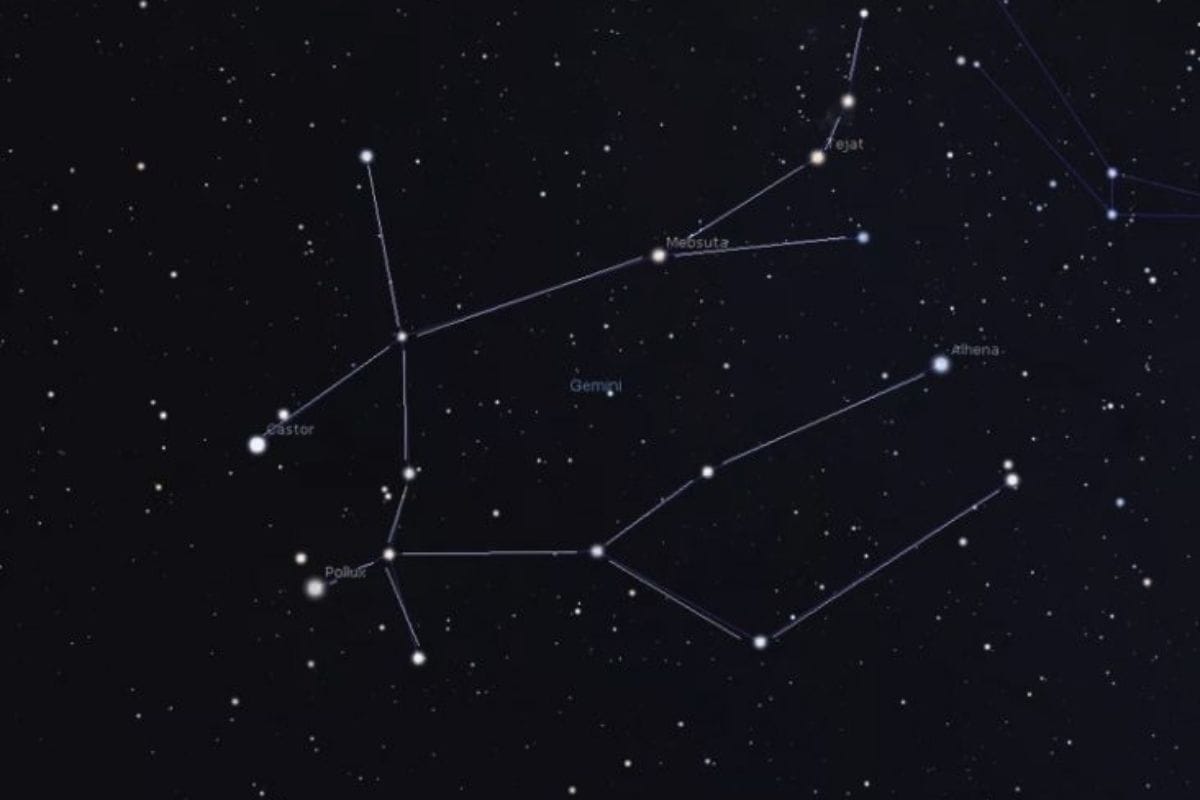
How to Prepare for a Stargazing Experience
Viewing Equipment
- Binoculars: Great for beginners, binoculars like the Celestron SkyMaster 15x70 or Nikon Monarch 5 8x42 are portable and offer clear views of celestial objects.
- Telescope: For a more detailed experience, consider entry-level telescopes such as the Celestron AstroMaster 70AZ or Orion SkyScanner 100mm TableTop Reflector. More advanced options include the Celestron NexStar 6SE with a computerized system.
Star Maps & Mobile Apps
- Printed star maps are handy for learning constellations and identifying major stars.
- User-friendly stargazing apps like SkyView, Stellarium, and Star Walk help locate and identify stars, planets, and constellations by pointing your device at the sky.
Other Essentials and Practical tools
- Layered clothing and jackets to stay warm during cooler nights.
- Camping chairs or reclining lawn chairs make long stargazing sessions comfortable.
- A blanket for warmth and a thermos with hot drinks add to comfort during chilly nights.
- A notebook and pen are useful for recording observations, drawing star maps, or jotting down interesting details you learn.
- Red LED flashlight preserves night vision while allowing you to see maps or adjust equipment without disturbing your adaptation to the dark. Available at most outdoor or astronomy stores
- A tripod is useful for steadying binoculars or mounting a camera for astrophotography, especially for prolonged viewing.
- Specialized stargazing weather apps like Clear Outside and Astrospheric provide forecasts that include cloud cover, visibility, and other factors important for stargazing.
- DSLR camera with tripod for those interested in astrophotography, a DSLR camera with a wide-angle lens and a tripod can capture stunning night sky photos.
Where to Go Stargazing in the UAE
Al Quaa, Abu Dhabi
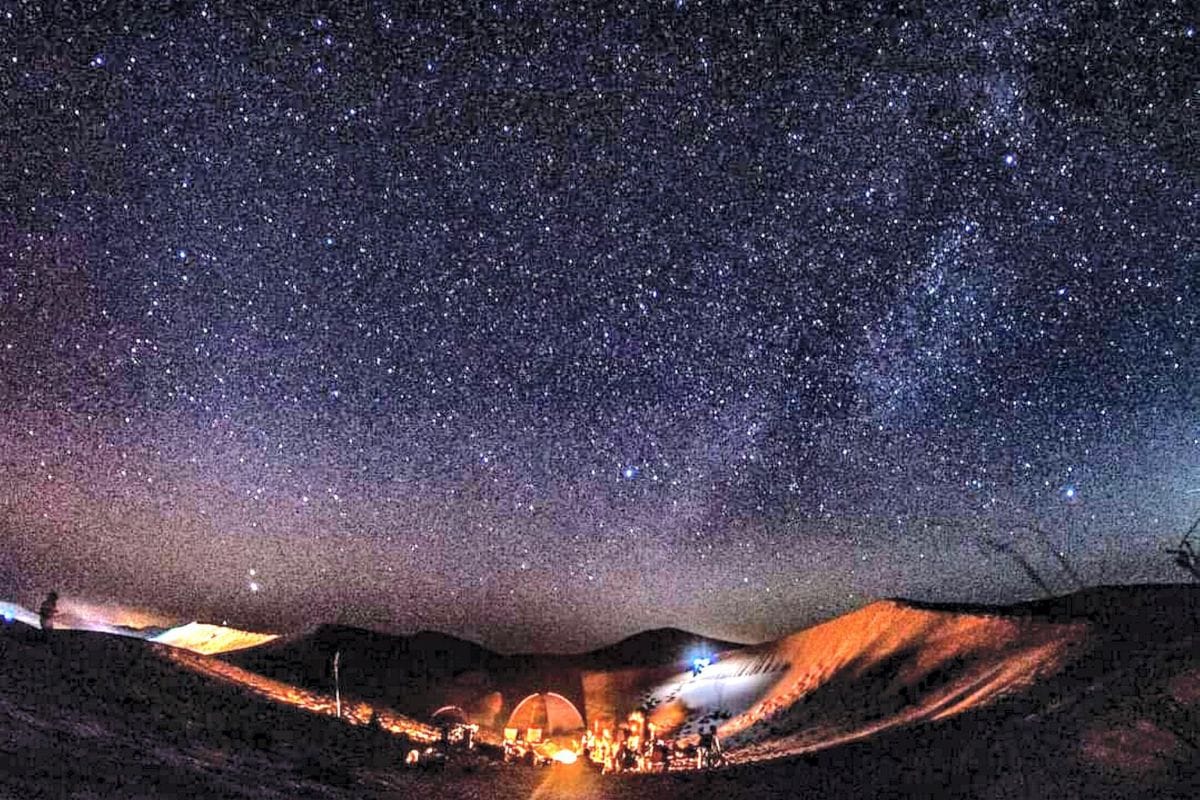
Why It’s Good for Stargazing?
Al Quaa is known for its exceptionally low light pollution, making it one of the best locations in the UAE to observe the night sky in all its natural beauty. Located in a remote area of Abu Dhabi, this desert setting provides an expansive view of the sky, free from the glow of city lights, making it ideal for a peaceful stargazing experience.
What to Expect: Here, you can enjoy clear views of the Milky Way, meteor showers, and countless constellations. The low light pollution allows deep-space objects to shine through, making it a favorite among astrophotographers and those looking to witness the beauty of the night sky in its purest form.
Best Time to Visit: Winter months, from November to March, offer the clearest skies with minimal humidity. January and April are especially ideal for catching meteor showers like the Quadrantids and Lyrids, which are particularly visible in dark-sky areas like Al Quaa.
Al Thuraya Astronomy Center, Dubai
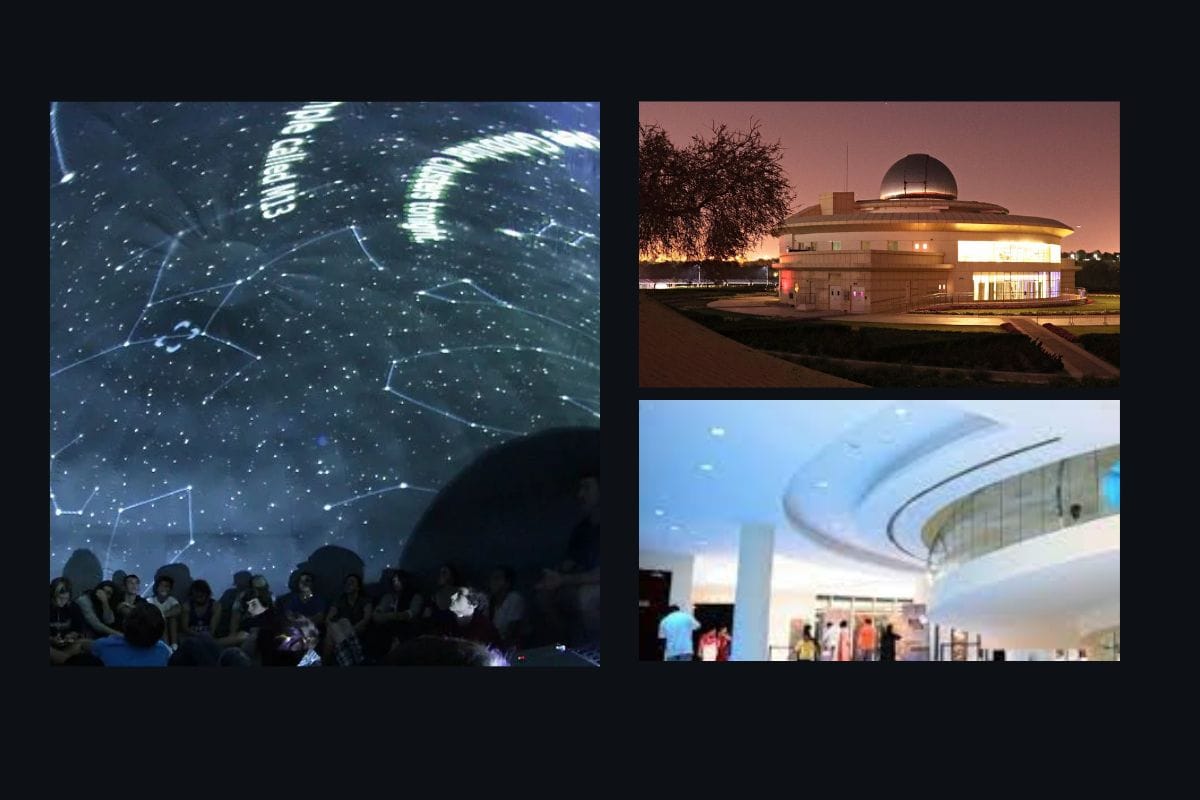
Why It’s Good for Stargazing?
Located within Mushrif Park, the Al Thuraya Astronomy Center is an educational haven for amateur astronomers and enthusiasts. Equipped with professional-grade telescopes and guided by experts, this center offers a structured environment for stargazing, making it ideal for beginners and families.
What to Expect: With a planetarium, workshops, and night-sky observation events, you’ll get hands-on learning experiences. You can observe planets, constellations, and even specific celestial events with expert guidance, offering a detailed exploration of the night sky.
Best Time to Visit: Open year-round, Al Thuraya Astronomy Center hosts special events aligning with major celestial events and meteor showers. For clear skies and outdoor viewing, winter evenings are ideal, while the planetarium provides year-round astronomy activities indoors.
Jebel Jais, Ras Al Khaimah
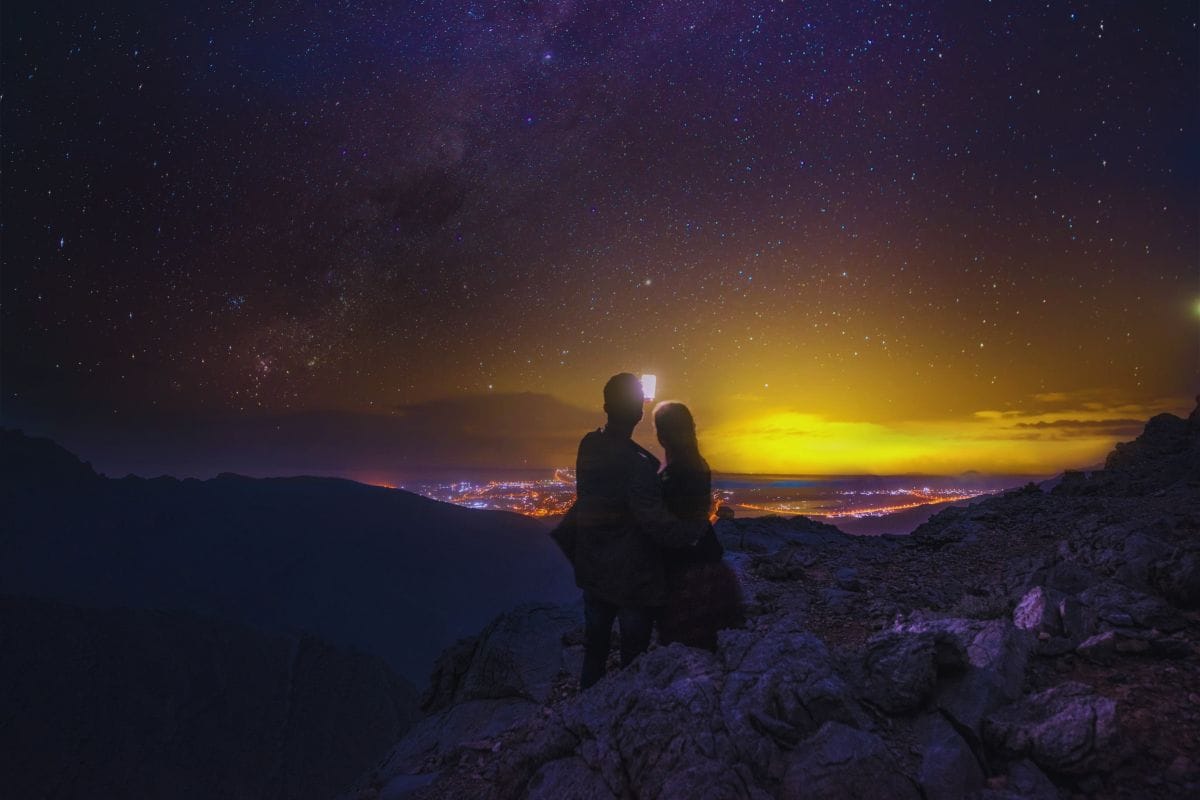
Why It’s Good for Stargazing?
As the highest point in the UAE, Jebel Jais offers a unique high-altitude vantage point with significantly reduced atmospheric interference, which enhances stargazing clarity. Its elevation and distance from major cities contribute to minimal light pollution, making it a sought-after spot for night-sky observations.
What to Expect: At Jebel Jais, you can see constellations like Orion, star clusters, and bright planets with exceptional clarity. The cooler temperatures at this altitude add to the comfort, and the panoramic views allow a breathtaking night-sky experience.
Best Time to Visit: The best time to visit is from November to March when temperatures are cooler, and the skies are typically clear. The area’s elevation and crisp winter skies make it perfect for observing planets and constellations in detail.
Liwa Desert, Abu Dhabi
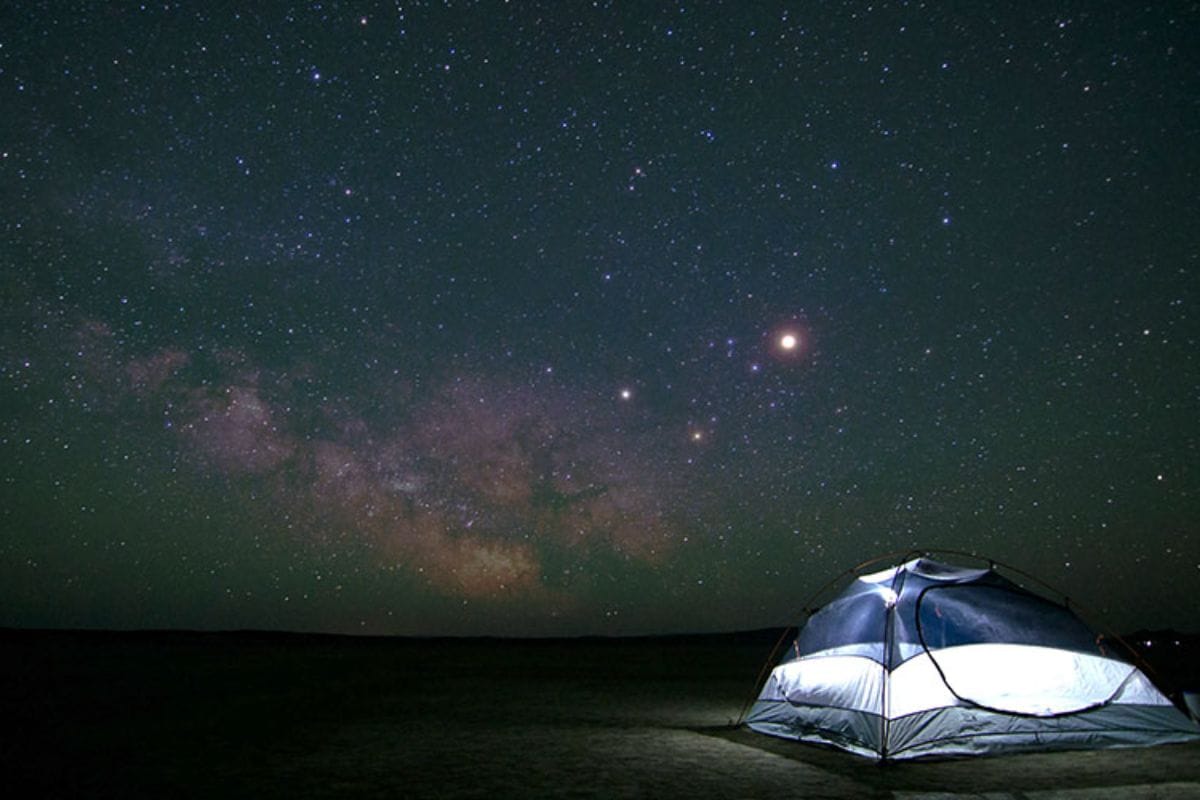
Why It’s Good for Stargazing?
The Liwa Desert is one of the UAE’s most remote areas, providing vast open skies with minimal artificial light, making it ideal for an immersive stargazing experience. Its expansive desert landscape ensures unobstructed views, giving stargazers a tranquil environment to enjoy the cosmos.
What to Expect: Liwa Desert offers views of the Milky Way, constellations, and even distant galaxies. The remote location and isolation create ideal conditions for observing meteor showers, making it a popular choice for campers and serious stargazing enthusiasts.
Best Time to Visit: November through March provides cooler temperatures and clearer skies, perfect for long nights under the stars. Meteor showers, such as the Lyrids in April, are a highlight in Liwa’s dark skies, providing a mesmerizing celestial show for stargazers.
Wadi Shawka, Ras Al Khaimah
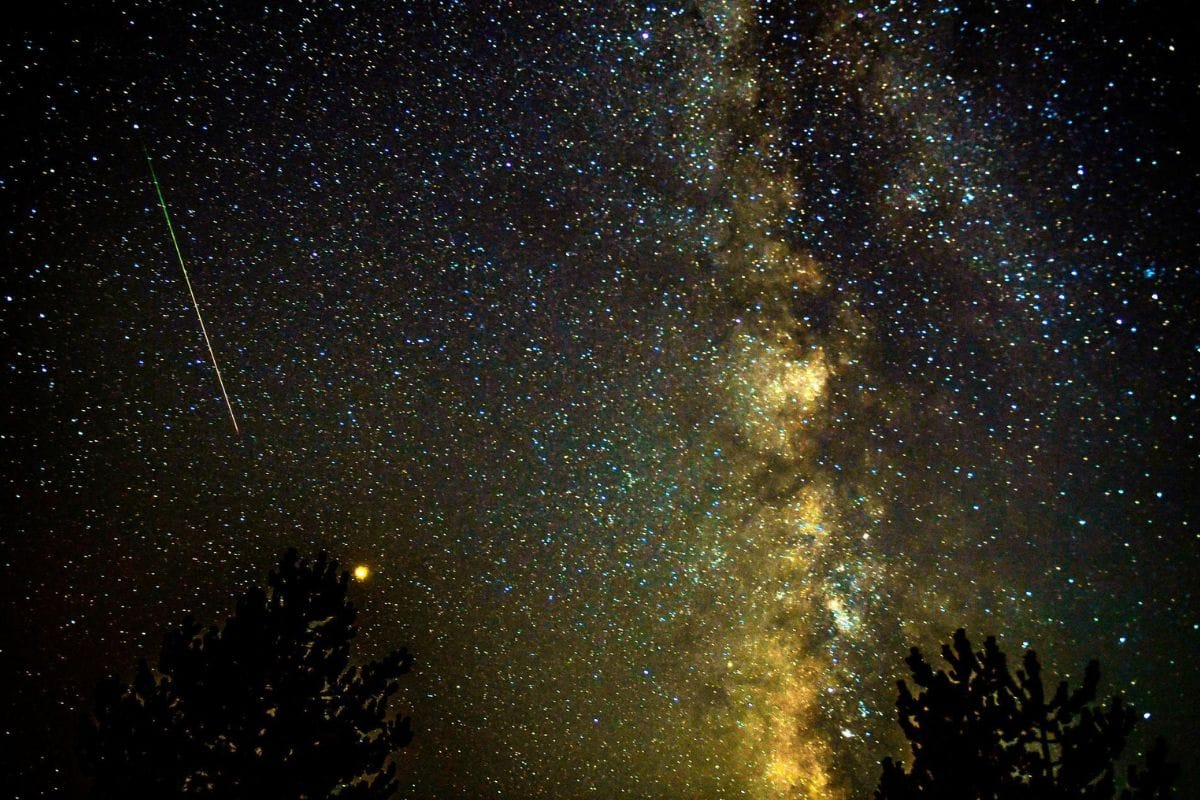
Why It’s Good for Stargazing?
Wadi Shawka, located in Ras Al Khaimah, is known for its rugged beauty and remote setting, making it an excellent choice for stargazing. Surrounded by mountains, it’s far from city lights, providing clear, dark skies ideal for observing constellations and celestial events. Wadi Shawka is also a popular spot for hiking, making it a great location to combine daytime adventure with nighttime stargazing.
What to Expect: Here, you can see constellations, planets, and occasionally meteor showers. The natural landscape and open sky provide an impressive view, allowing stargazers to enjoy an unobstructed, panoramic experience. You can also set up camp in the wadi, making it a good spot for a longer stargazing session or overnight camping.
Best Time to Visit: The best time to visit Wadi Shawka is between November and March when the temperatures are cooler, creating more comfortable conditions for outdoor activities and stargazing. Moonless nights during this period will offer the clearest views.
Shuweihat Island, Abu Dhabi
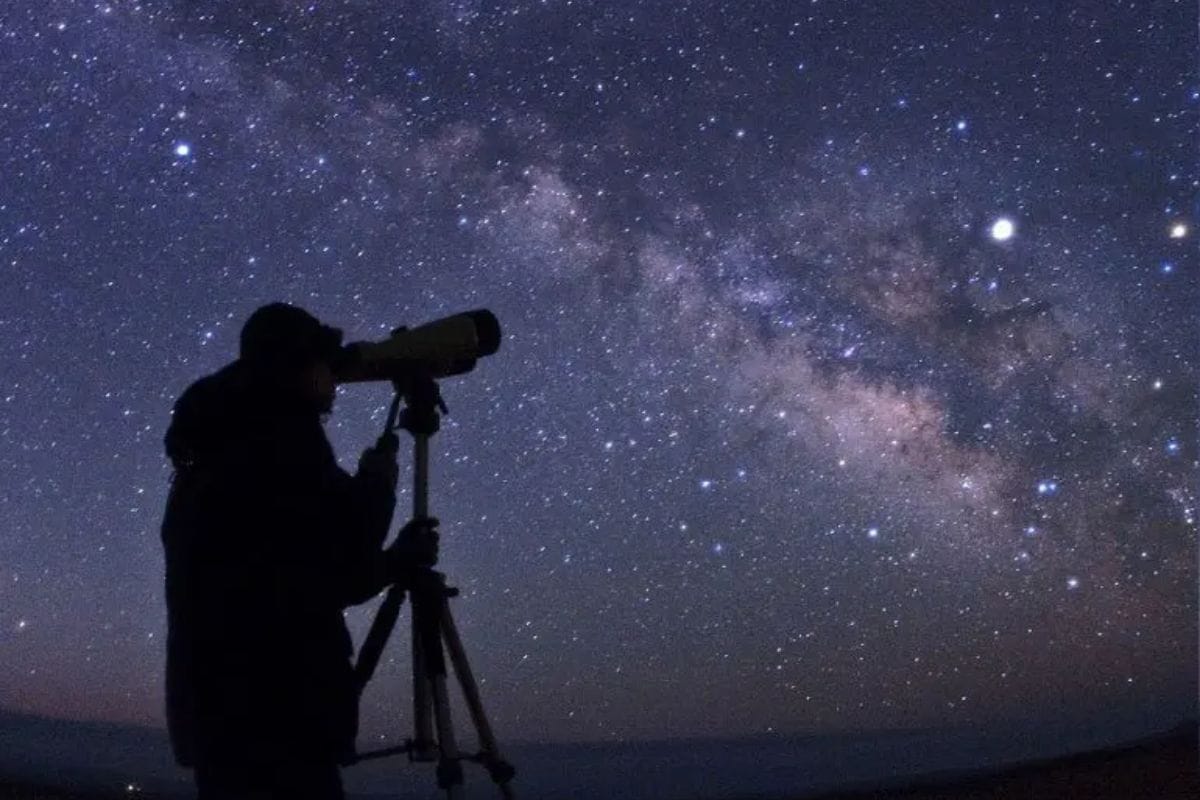
Why It’s Good for Stargazing?
Shuweihat Island is a hidden gem along Abu Dhabi’s western coastline, featuring dramatic cliffs and turquoise waters that create a surreal setting. Its isolation and lack of artificial light make it ideal for stargazing, particularly for those seeking a quiet, serene spot to observe the night sky. The island’s remote nature ensures minimal light pollution, allowing stars to appear brighter and more numerous.
What to Expect: Visitors can see a spectacular view of the Milky Way on clear nights, as well as planets and constellations. The surrounding seascape adds a unique charm, reflecting the starlight in the water and enhancing the overall experience. Shuweihat Island is also a great location for astrophotography due to its picturesque natural scenery and dark skies.
Best Time to Visit: Winter months from November to March offer cooler weather, ideal for overnight camping and extended stargazing sessions. Be sure to visit on clear, moonless nights for the best view of celestial objects. Keep in mind that access may require a 4WD vehicle, as the island is relatively remote and less frequented.
Special Winter Celestial Events in the UAE
Meteor Showers
Geminids Meteor Shower
Peak Dates: December 13–14, 2024.
Viewing Tips: The Geminids are among the most active meteor showers, with rates of up to 150 meteors per hour under optimal conditions. However, in 2024, the full moon occurs on December 15, which means the moon will be nearly full during the peak nights, potentially hindering visibility. For the best experience, find a dark location away from city lights and try to observe during the early morning hours when the radiant point in the constellation Gemini is highest.
Quadrantids Meteor Shower
Peak Dates: January 3–4, 2025.
Viewing Tips: The Quadrantids have a short but intense peak, often producing up to 110 meteors per hour. The radiant point is in the constellation Boötes. In 2025, the nearly full moon may interfere with visibility, so it's advisable to observe during the pre-dawn hours when the radiant is higher in the sky.
Planetary Alignments and Visible Planets
Mars and Jupiter Conjunction
Date: January 7, 2025.
Details: Mars and Jupiter will appear close together in the morning sky, offering a striking visual pairing. Look towards the eastern horizon just before sunrise.
Visible Planets
Venus: Visible in the evening sky after sunset from December 2024 through January 2025, shining brightly as the "Evening Star."
Mars: Visible in the pre-dawn sky, gradually brightening as it approaches opposition in January 2025.
Jupiter: Dominant in the evening sky, reaching opposition in December 2024, making it particularly bright and visible throughout the night.
Saturn: Visible in the evening sky, setting earlier each night as it moves towards conjunction with the Sun in February 2025.
For optimal stargazing and meteor shower observation, plan your sessions around the new moon phases when the sky is darkest. This reduces lunar glare and enhances visibility of faint celestial objects.
Beneath the UAE's clear winter skies, stargazing is a a journey into the mysteries of the cosmos. Each glance upward holds stories, wonders, and connections that remind us of the beauty and scale of the universe. These moments invite us to pause, explore, and discover our place within the vastness above. With a thoughtful approach to timing and location, the UAE’s night skies offer a canvas of stars, planets, and meteor trails that promise unforgettable memories and inspire a sense of wonder long after the stars have faded with the dawn.
Also read:
